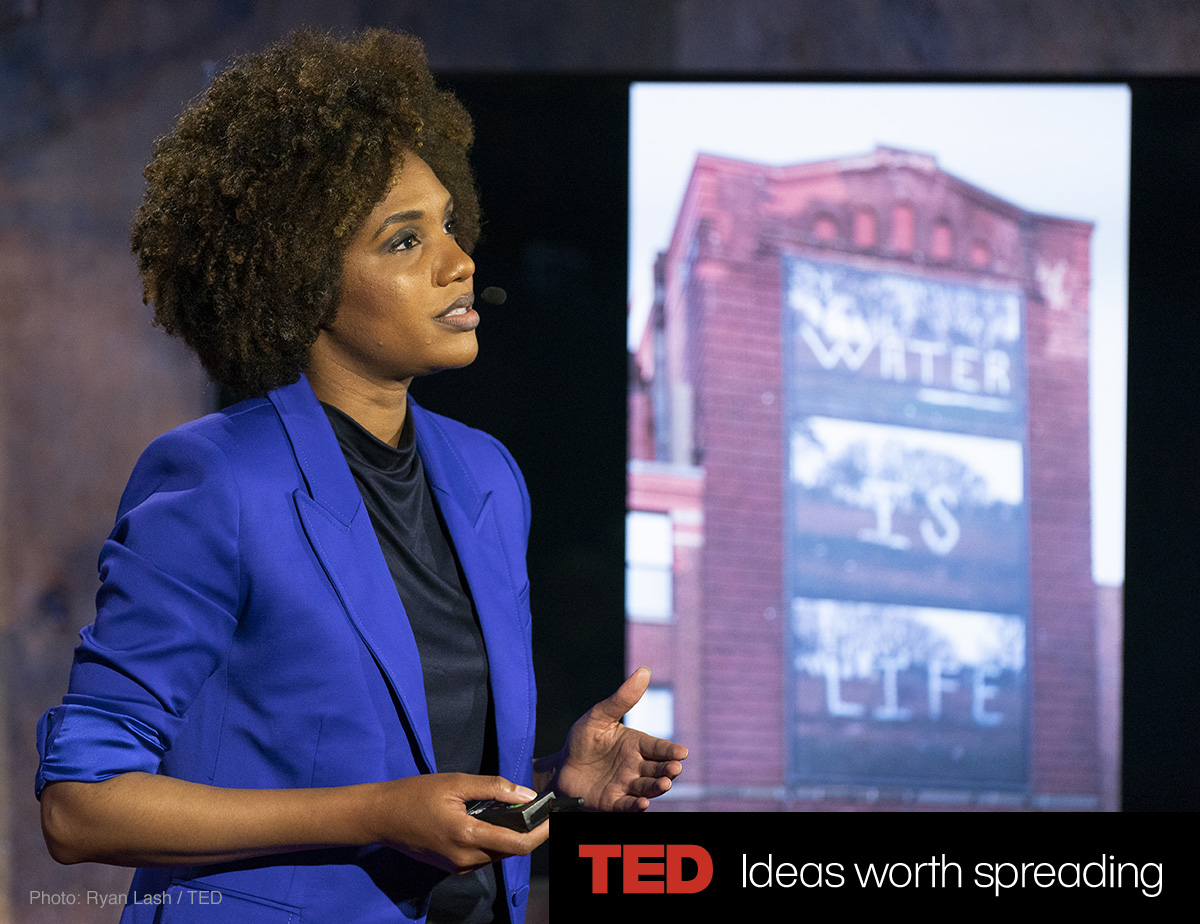11 Photographers on How To Finish a Body of Work

Aperture
from the editors
Over the course of her career, curator and lecturer Sasha Wolf has heard countless young photographers say they often feel adrift in their own practices, wondering if they are doing it the “right” way. This inspired her to seek out insights from a wide range of photographers about their approaches to making photographs and a sustained a body of work, which are brought together in PhotoWork: Forty Photographers on Process and Practice. Structured as a Proust-like questionnaire, the responses from both established and newly emerging photographers reveal that there is no single path. Below, eleven artists respond to the question: How do you know when a body of work is finished?
[…]
LaToya Ruby Frazier
It will never be finished. The meaning of an image is never fixed. It changes as history changes. We’re all connected intergenerationally—we’re connected to the images of the past and to the future. I’m thinking about time travel when I make my work—take, as an example, my work with my mother and my grandmother (The Notion of Family, Aperture 2014). I’m suggesting we are one entity; we are all markers on a timeline that is cyclical. But even within that work, things change. Take the self-portrait Huxtables, Mom, and Me (2008). I’m wearing a T-shirt that’s worn, the ink is peeling off; the mirror behind me, in which a reflection of my mom can be seen, is dusty and scratched. The image already had meaning embedded in it because of what the Huxtables meant to American society—the first public image of a middle-class Black family and the whole “Cosby effect” that I wanted to critique. Looking at it now, thanks to Bill Cosby’s sex crimes, that image has acquired a whole new layer of meaning.
Courtesy of: Aperture Foundation

